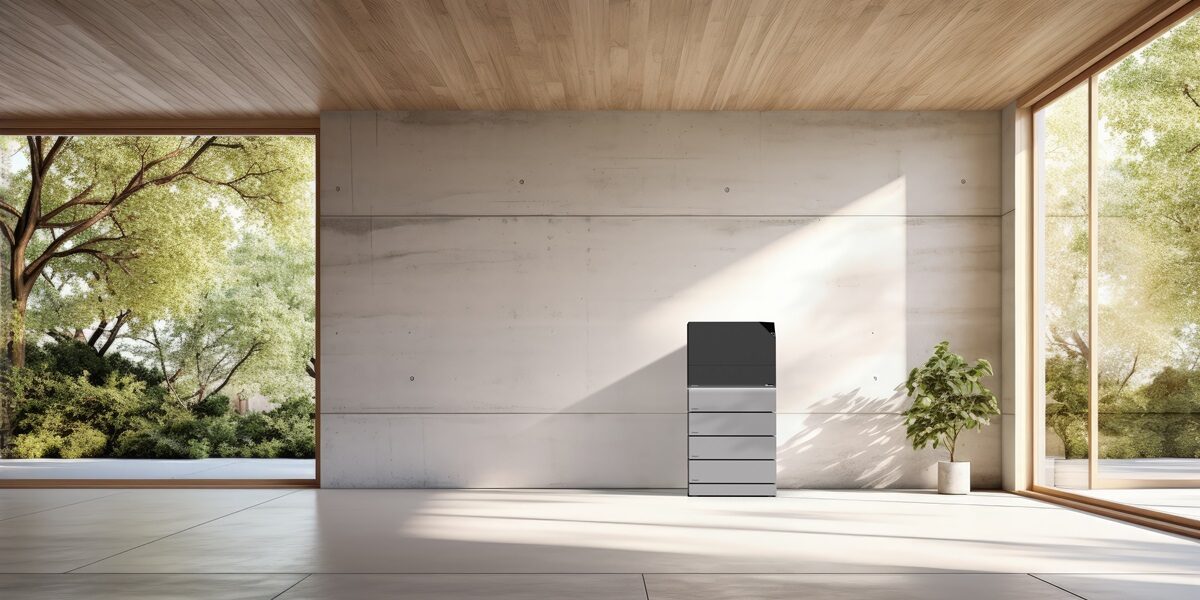Researchers in Morocco have carefully configured and tested a novel desert solar module optimized for harsh desert climates. The new design delivered a 5.8% improvement in performance ratio, a 1.95% increase in efficiency, and reduced temperature sensitivity by 0.85% compared to standard modules.
August 30, 2024 Valerie Thompson
Researchers led by Mohammed First University scientists in Morocco have fabricated prototype modules optimized for desert climates. Their so-called Desert Module delivered a 5.8% improvement in performance ratio, a 1.95% increase in efficiency, and reduced temperature sensitivity by 0.85% compared to standard modules.
“The most challenging aspect of this study is selecting the optimal configuration for constructing the Desert Module,” Ahmed Alami Merrouni, corresponding author and research project leader, told pv magazine.
Material selection and design considerations were based on the group’s previous research into the leading degradation modes for various PV technologies under desert and semi-arid conditions, which was published in several papers, plus a review of the literature to determine common failures as reported in other regions with hot dry climates.
The analysis resulted in the Desert Module configuration, which was based on 120 monocrystalline half-cut passive emitter and rear contact (PERC) cells, chosen due to their “high tolerance to hot spots and shading caused by partial dust deposition,” as well as the ease of handling during the lamination process.
They also selected 3.2 mm solar glass with an anti-reflective coating for the front cover, as well as a “high-performance” backsheet, manufactured by Germany’s Féron Solar. Polyolefin encapsulants were selected due to the “high resistance and stability against intense UV radiation”.
“This configuration improves module performance, increases resistance to soiling, and demonstrates significant durability against abrasion. It also enables the use of dry-cleaning methods, contributing to water conservation and lowering operations and maintenance costs,” explained Alami Merrouni.
The reference PV panel was manufactured with a similar capacity, including 60 PERC monocrystalline silicon full cells, encapsulated with ethylene vinyl acetate (EVA). The front glass was also covered with an anti-reflective coating, while a standard backsheet was used to cover the rear side.
To ensure that the produced modules were free from any manufacturing defect, indoor characterization including flash and electroluminescence tests, based on the IEC 60904 standard, were conducted, followed by outdoor tests for an 8-month period, from April to November at the Benguerir’s semi-arid location. The PV panels received a substantial amount of daily solar irradiation ranging from 5.85 kWh/m2 to 6.56 kWh/m2. Finally, an economic analysis estimating the LCOE through simulating the output of a 40 MW power plant was done.
The Desert Module achieved a 5.8% improvement in performance ratio, a 1.95% increase in efficiency, and reduced temperature sensitivity by 0.85% compared to standard modules. “Furthermore, the Desert Module demonstrates a 4.44% reduction in the levelized cost of electricity compared to the conventional module, positioning it as a more economically viable option for large-scale energy generation in desert environments,” noted the researchers.
The work appears in “Innovative design and field performance evaluation of a desert-adapted PV module for,” published in Applied Energy Journal. A team from Green Energy Park, Polytechnic University Mohamed VI also participated in the study.
When asked about the reaction of members of academia and industry, Alami Merrouni answered that it is important to address the key challenges in maximizing solar energy production in Moroccan deserts.
“By doing so, it could boost investment in PV power plants, create new jobs, and facilitate the transition to a sustainable economy and society,” he said, noting that feedback from local specialists in lamination and installation of PV modules “emphasized that Standard Test Conditions (STC) are not sufficient to assess the durability of PV modules” and that the development of a PV module “specifically designed for desert environments” may extend the warranty period, which in turn may “encourage stakeholders and the government to invest in large-scale PV power plants, particularly in the Moroccan Sahara.”
“At present, we are evaluating the durability and lifespan of this developed PV module to further increase its longevity and profitability in desert locations,” Alami Merrouni said, referring to the future directions of the group’s work.
This content is protected by copyright and may not be reused. If you want to cooperate with us and would like to reuse some of our content, please contact: editors@pv-magazine.com.
Popular content




